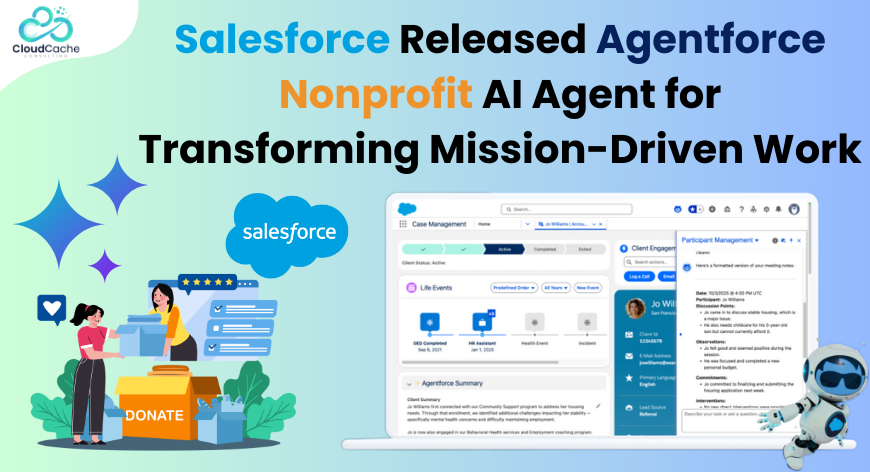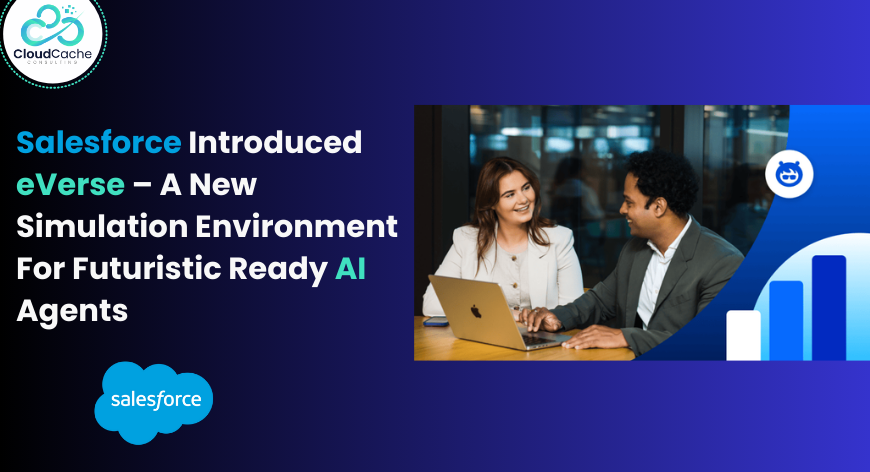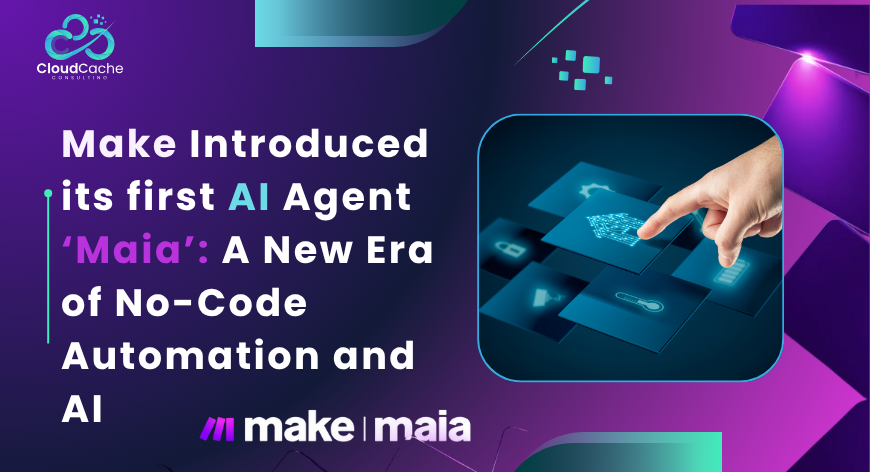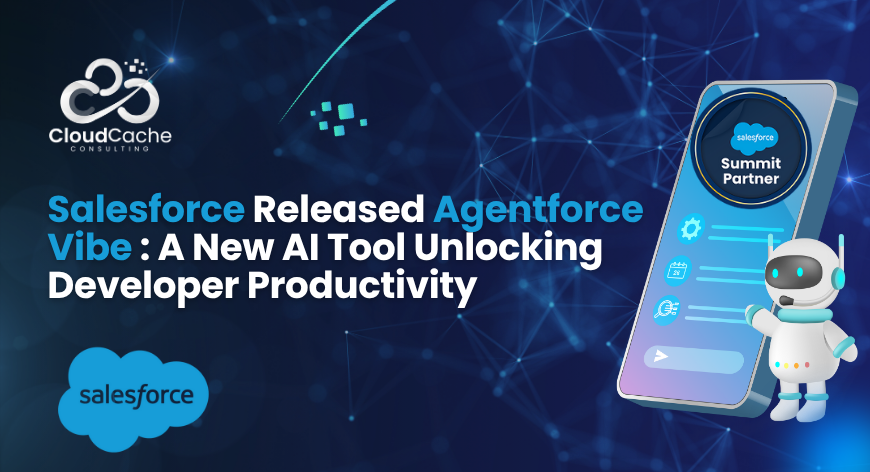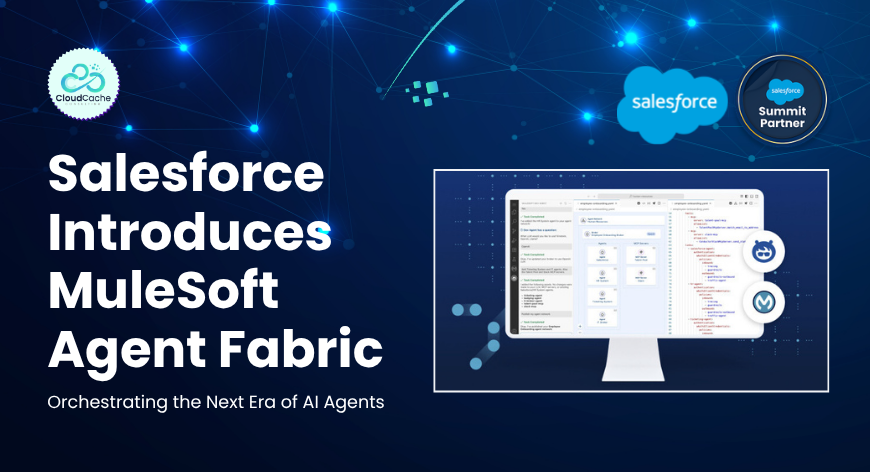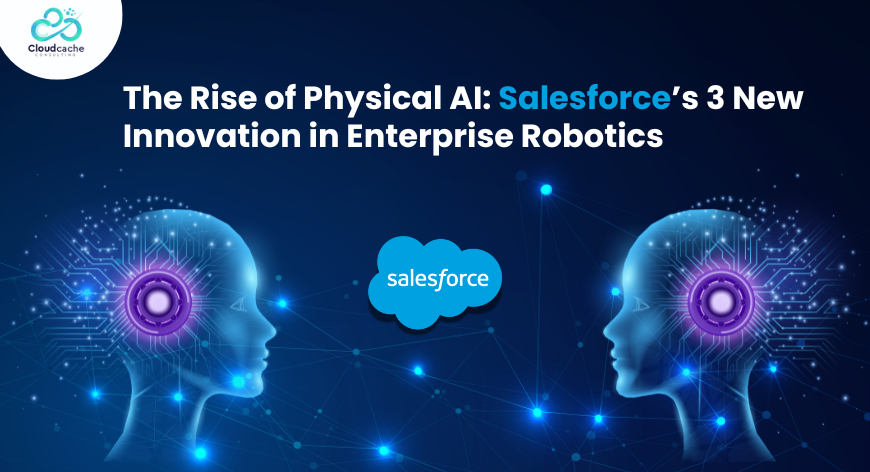
The Rise of Physical AI: Salesforce’s 3 New Innovation in Enterprise Robotics
Today’s world is of AI-powered headlines and viral robot videos, it’s easy to be captivated by humanoid machines performing backflips, dancing, or folding laundry. But beyond the hype lies a deeper transformation—one where robots evolve from novelty demos to vital contributors across industries.
We’re entering a new era of physical AI, where robotic systems go beyond programmed routines and begin interacting with the physical world with real intelligence. Imagine robots enhancing workforce capacity in sectors like healthcare, education, construction, and disaster response—areas where human labor is in short supply and every second counts. That’s the potential we’re just beginning to unlock.
As Salesforce Futures continues to explore the intersection of robotics and enterprise strategy, conversations with experts across AI, engineering, and enterprise systems reveal three powerful forces shaping the future of enterprise robotics.
From Digital Smarts to Physical Intelligence
Until recently, robots faced a fundamental limitation—they couldn’t perceive or understand their environments in meaningful ways. But advances in deep learning and sensor technologies have changed the game.
A robotics PhD and researcher at Salesforce, notes that we’re entering a new stage of robotics where deep learning models help machines “see” and “understand” their world. These advances are enabling robots to combine perception, touch, and decision-making—leading to generalized physical intelligence.
- Amazon’s Vulcan robot already demonstrates this on the warehouse floor, using torque sensors to safely pick up and handle goods with precision.
These developments pave the way for robots that can work in unpredictable real-world settings, from eldercare homes to disaster zones, contributing to productivity and safety at scale.
Real-World Service
While humanoids stir public imagination, the true value of physical AI may lie in unseen service roles. Within Salesforce, teams are experimenting with integrating robots into real-world workflows—particularly in field service and asset management.
As a demo a Dynamics Spot robot in Boston placed through Salesforce Field Service, Agentforce. And Slack. The robot checked pressure gauges and medical supplies autonomously, showing how service automation can extend into physical environments.
Consider a future where robots handle routine inspections, dangerous maintenance tasks, or urgent fixes. CRM data can be used to personalize robot interactions, making service smarter and more human-centric. For example:
- A field bot notices a water leak and coffee stain in a hotel room before a VIP guest arrives.
- Based on her preferences stored in Salesforce, a technician is dispatched with the right tools and cleaning supplies.
General Intelligence & Scalable Learning
The final force transforming robotics is scalable, general-purpose learning. Much like large language models (LLMs), robots are starting to benefit from compound learning loops where perception, experience, and contextual data feed back into their intelligence.
Experts like Viktoriya Kotik (MuleSoft) and Jim Fan (Nvidia) highlight how contextual data, simulations, and digital twins help robots learn faster and more affordably.
These advancements make multi-purpose humanoids more viable—not just for enterprise tasks but possibly in households too. Tesla’s Optimus robot, which can fold clothes and assist with daily chores, hints at what’s possible in the coming years.
Challenges on the Road to a Robotic Future
Despite the promise, numerous hurdles remain. As experts like Bert Legrand and Juan Carlos Niebles caution, robotics at scale requires overcoming significant engineering, psychological, and ethical challenges:
Hardware is Still Hard
Battery life, durability, cost, and reliability remain major blockers. Building hardware that’s safe, affordable, and easy to maintain is no small feat—even as software evolves rapidly.
Safety and Human-Robot Interaction (HRI)
Physical safety is critical. Many robots. A viral clip of a humanoid robot flailing its arms raised concerns about being near such machines without appropriate safety protocols.
Psychologically, robots must interact with humans in predictable and comforting ways. Studies show erratic robot behavior can trigger fight-or-flight responses, increasing the risk of accidents—even at low speeds.
Adapting to New Environments
Unlike software, physical robots must adapt to changing, messy, real-world environments. Teaching a robot to handle edge cases (like a toddler learning balance) is incredibly difficult and time-consuming.
The Enterprise Opportunity: Prepare Now
So, what does this mean for business leaders?
They are becoming enterprise realities—especially in industries where automation, customer experience, and labor shortages intersect.
By integrating robotics, companies can:
- Automate routine and risky service tasks
- Augment teams with intelligent physical agents
- Improve customer experiences with real-time, sensor-driven interactions
- Feed back robotic data into their CRM to enable smarter decisions
Final words
The coming wave is about extending the reach of digital intelligence into the physical world, enhancing human capabilities, and addressing labor shortages across industries.
As robotics matures, its success will depend on thoughtful implementation, human-centered design, and seamless integration with enterprise systems. By investing early in these technologies and understanding the strategic forces at play, businesses can future-proof operations and unlock transformative value in the years to come.
For more keep visiting CloudCache Consulting.
